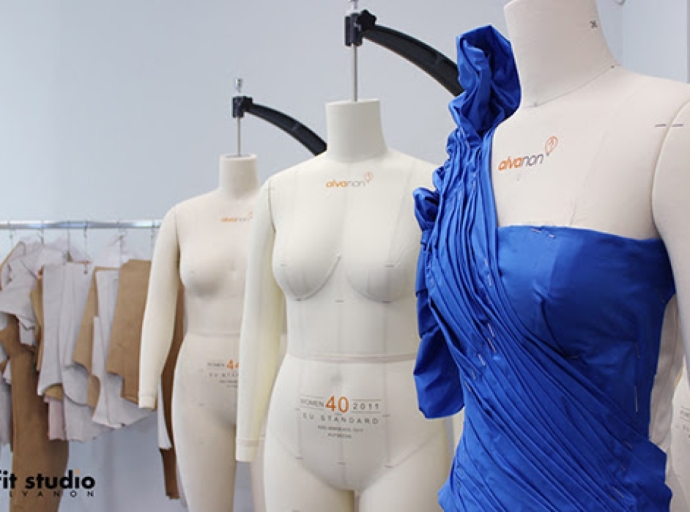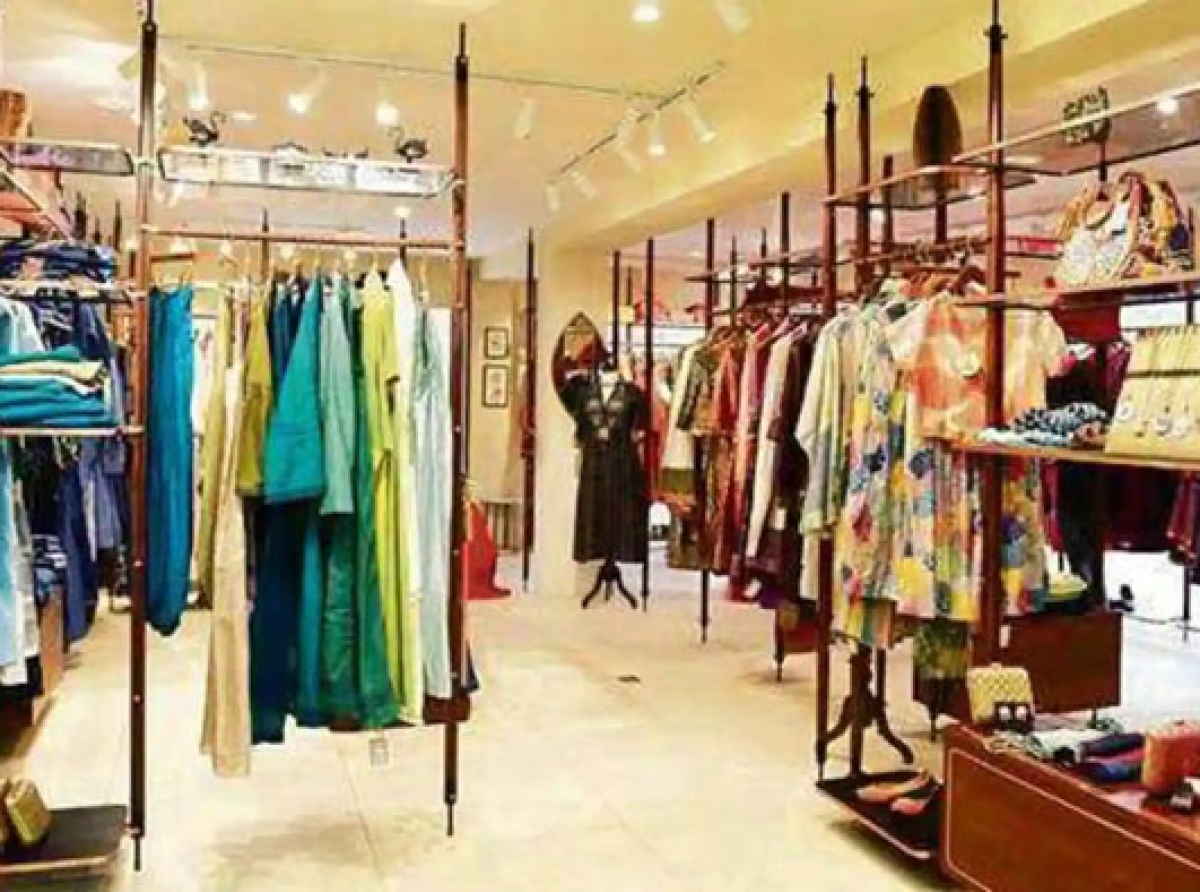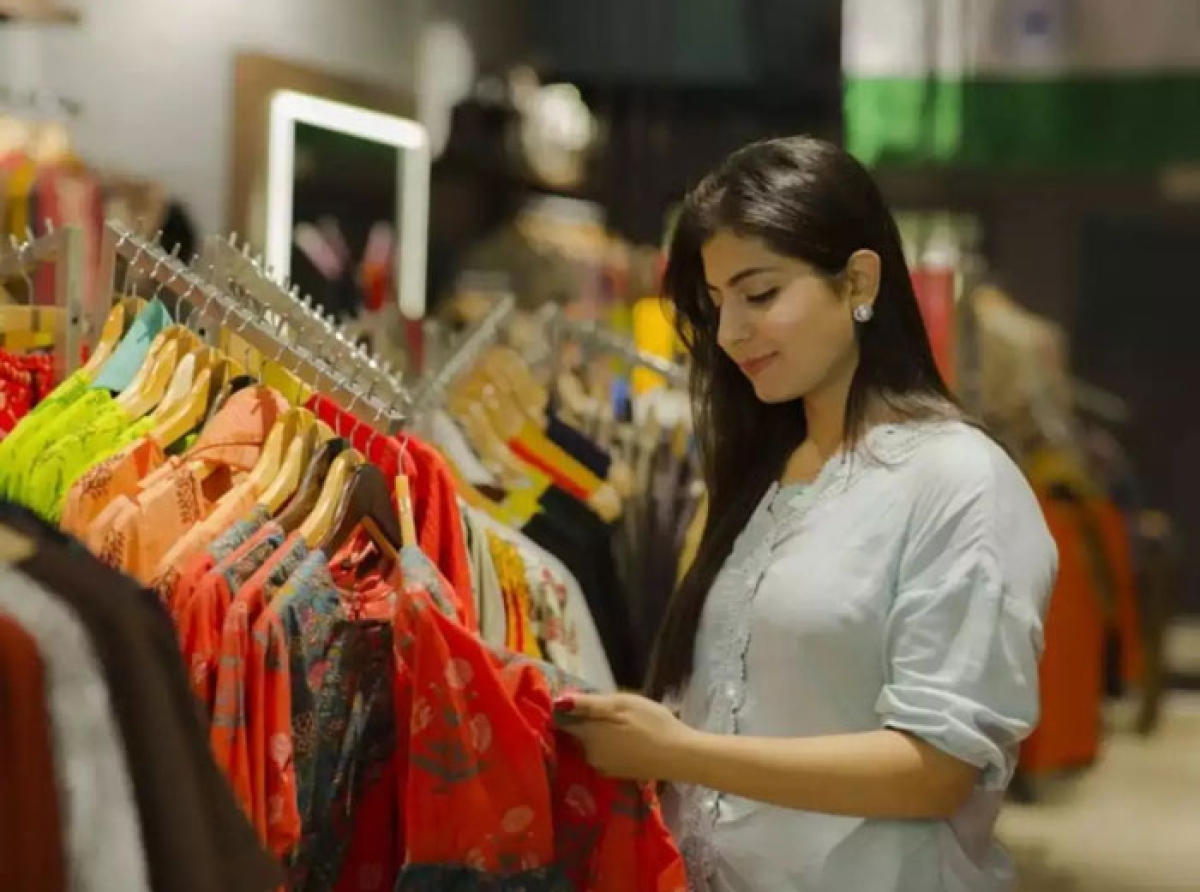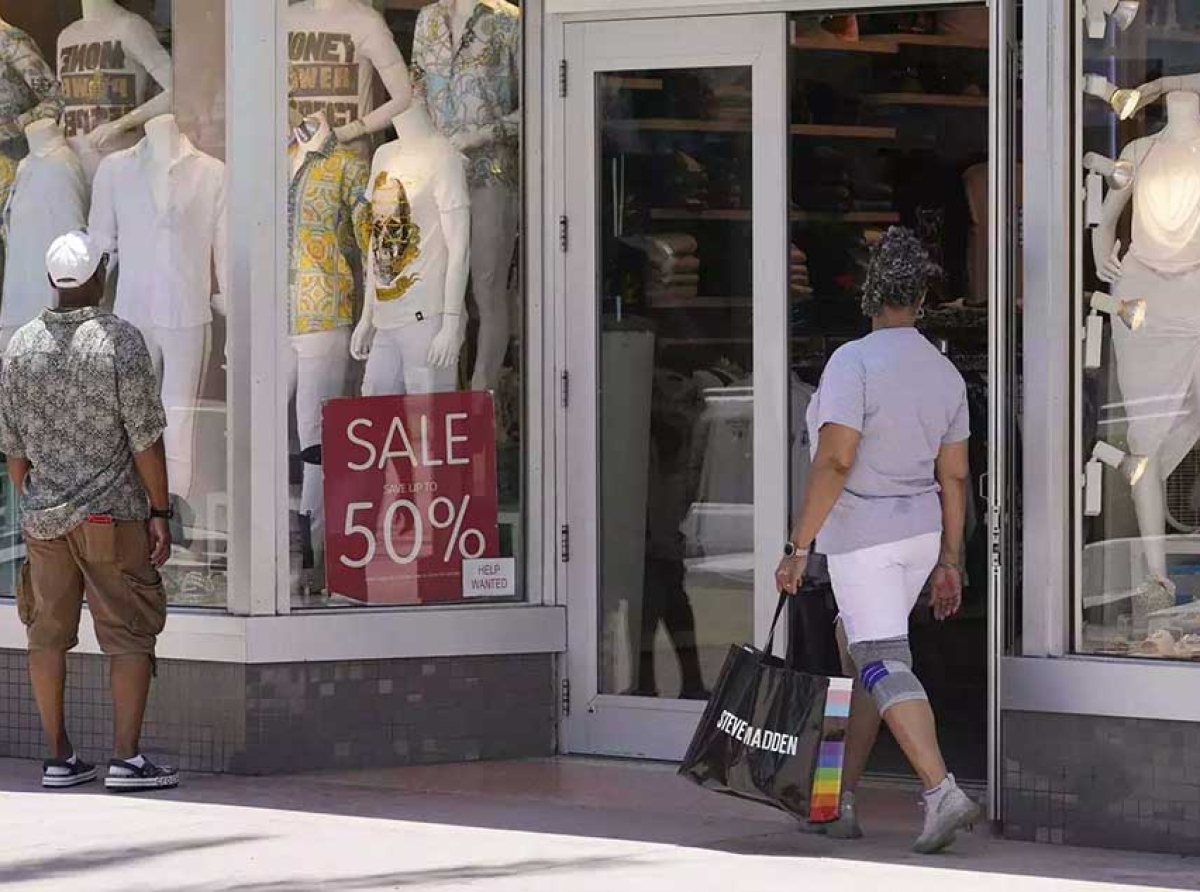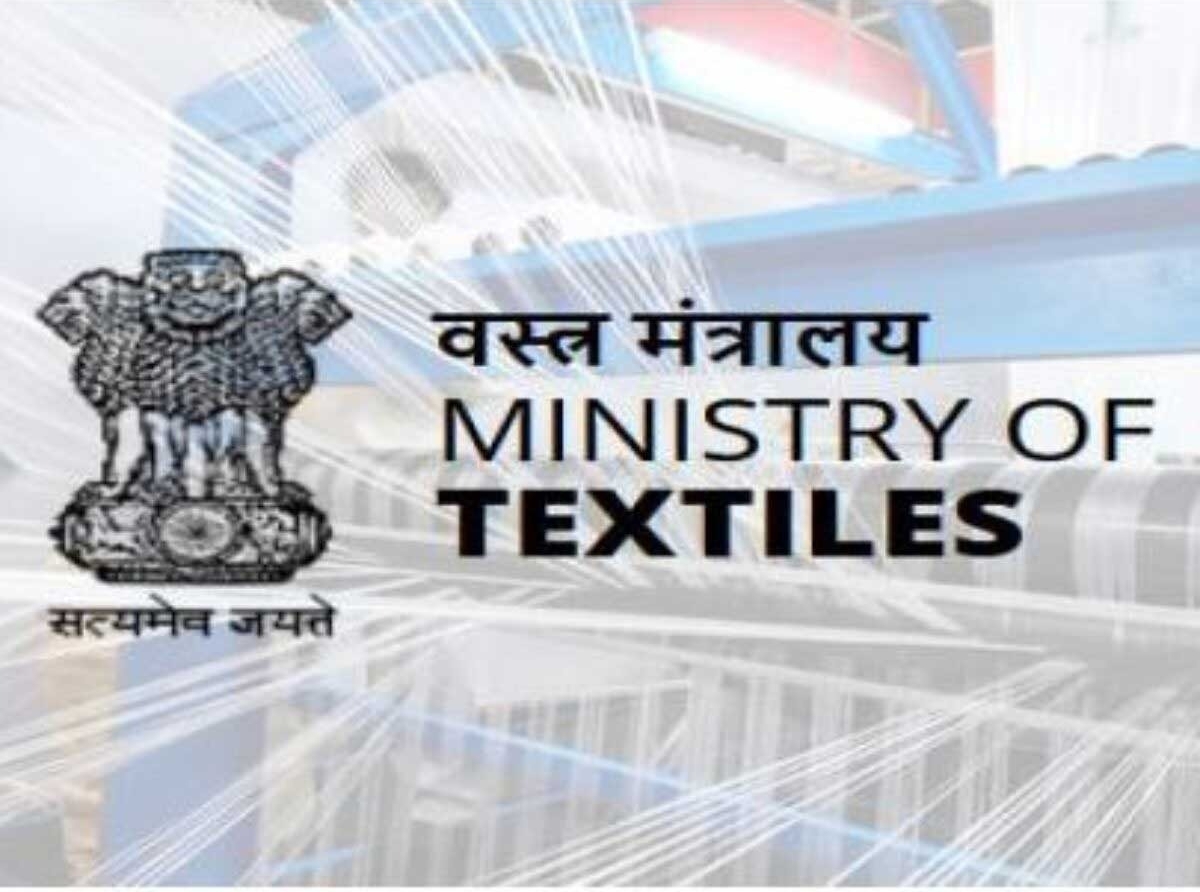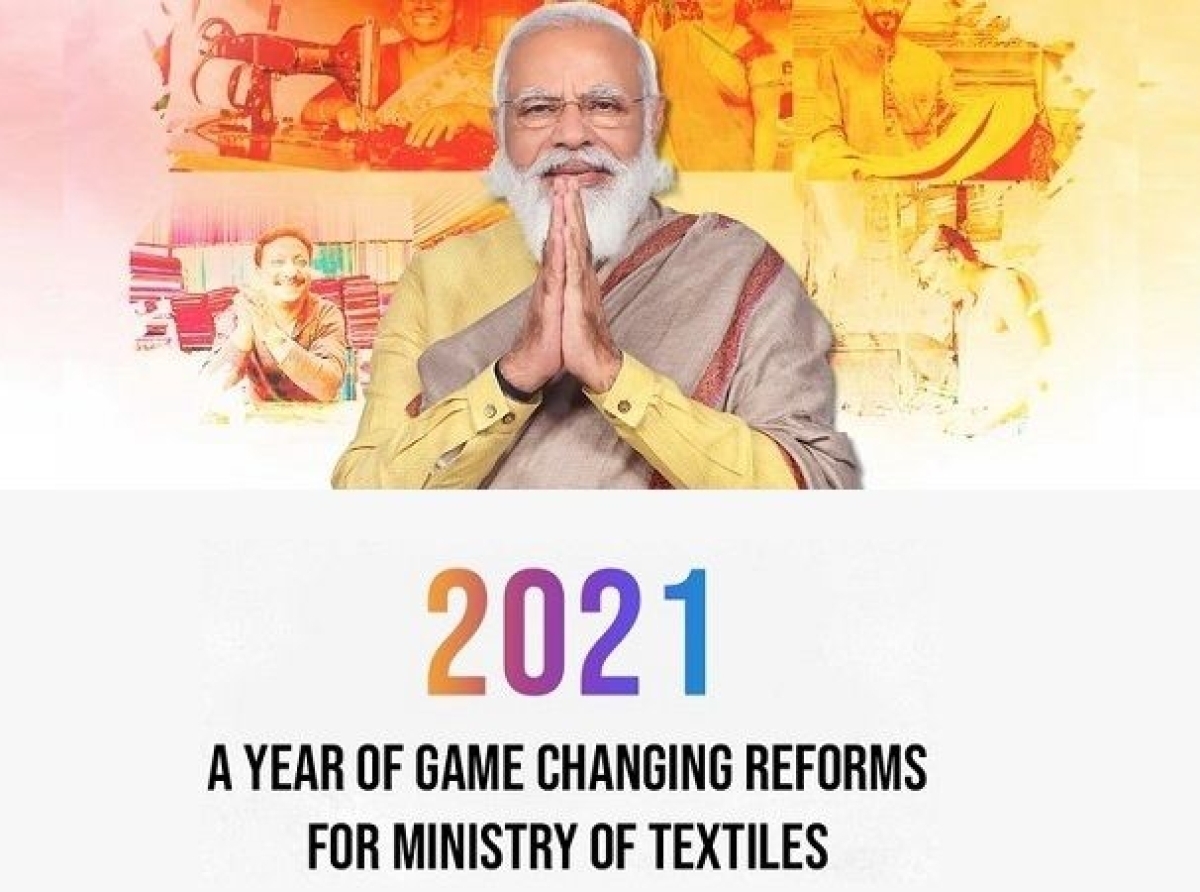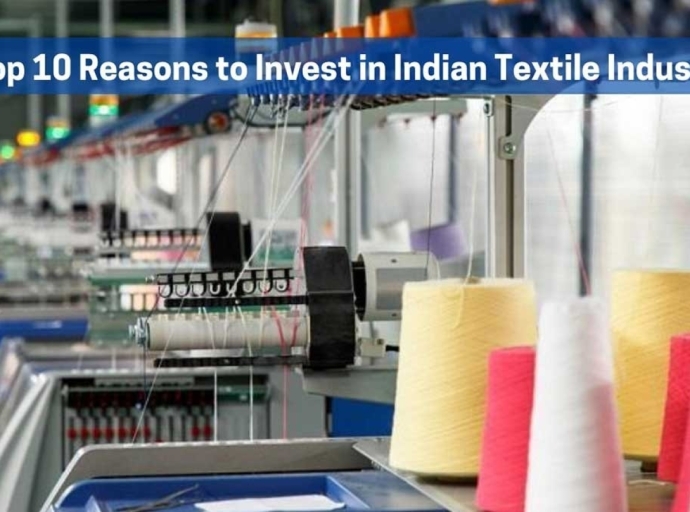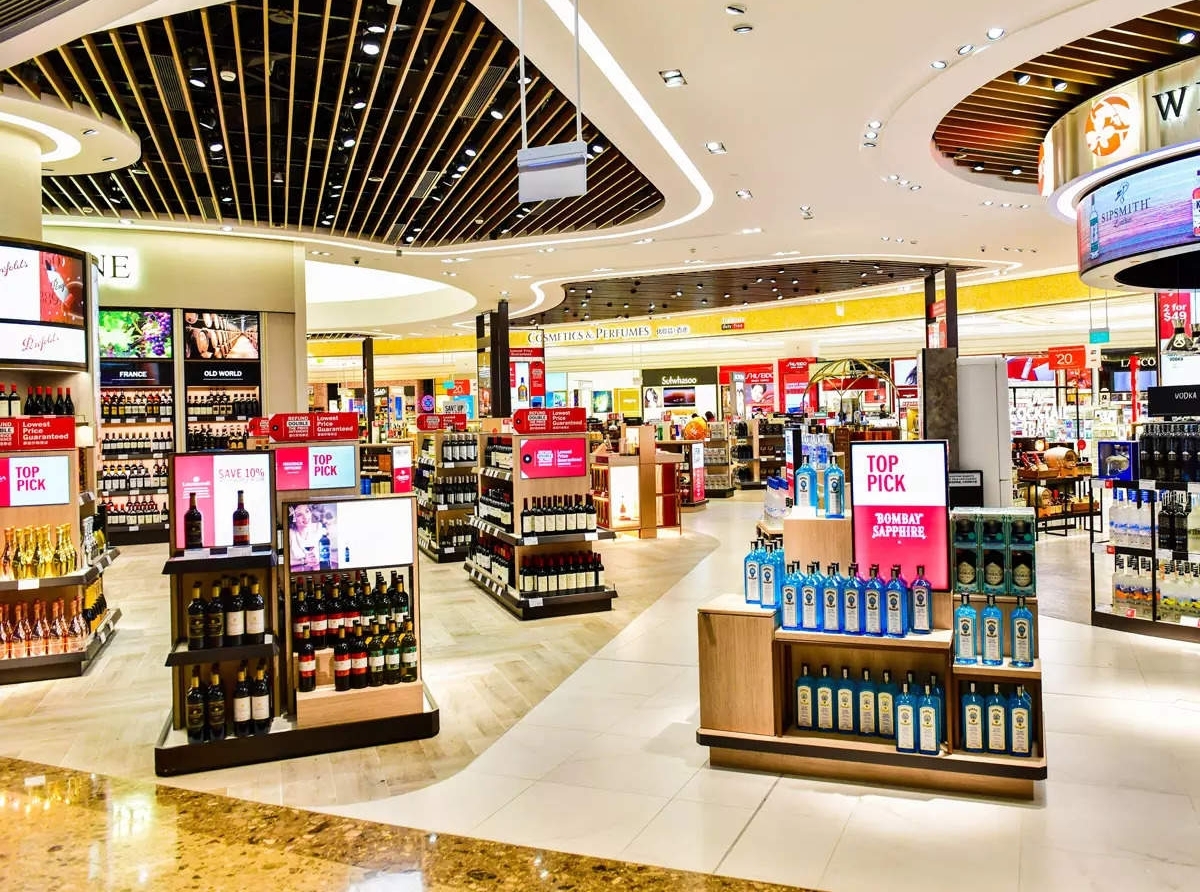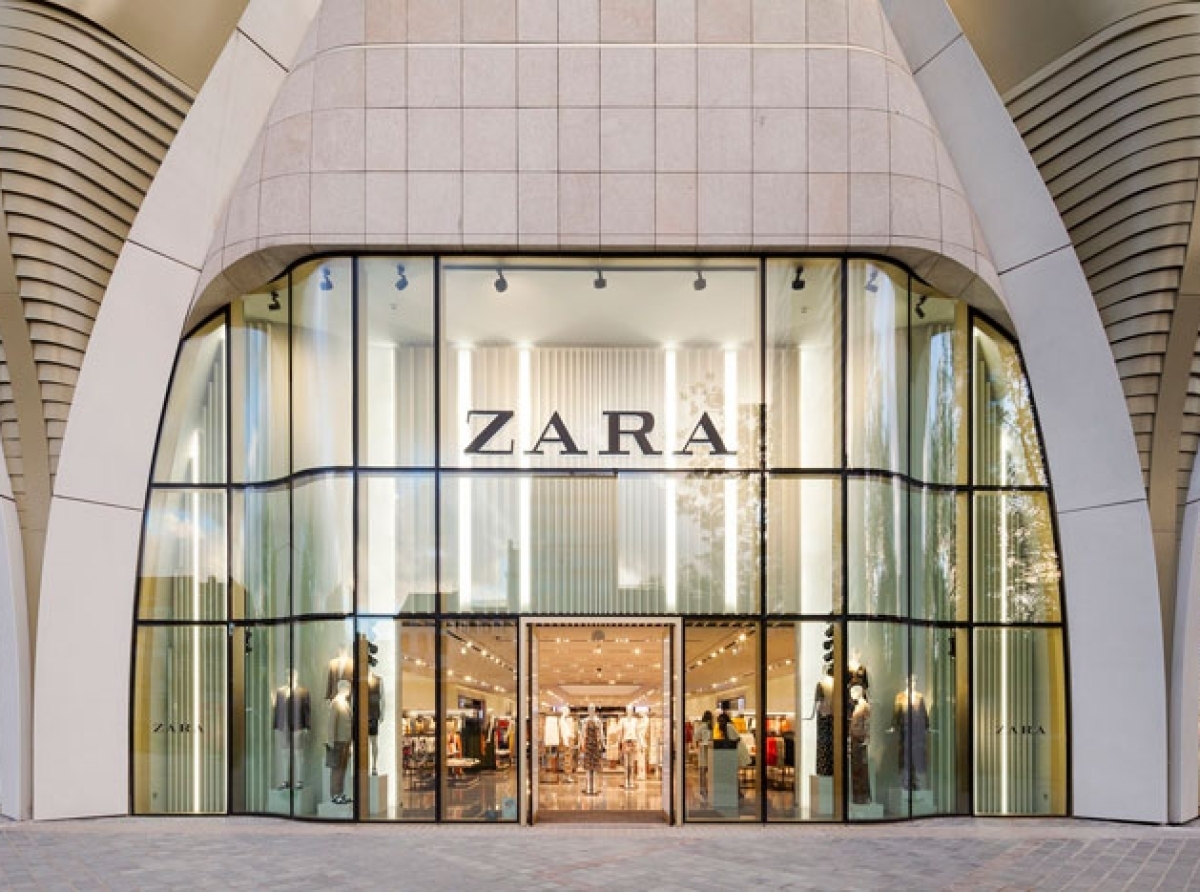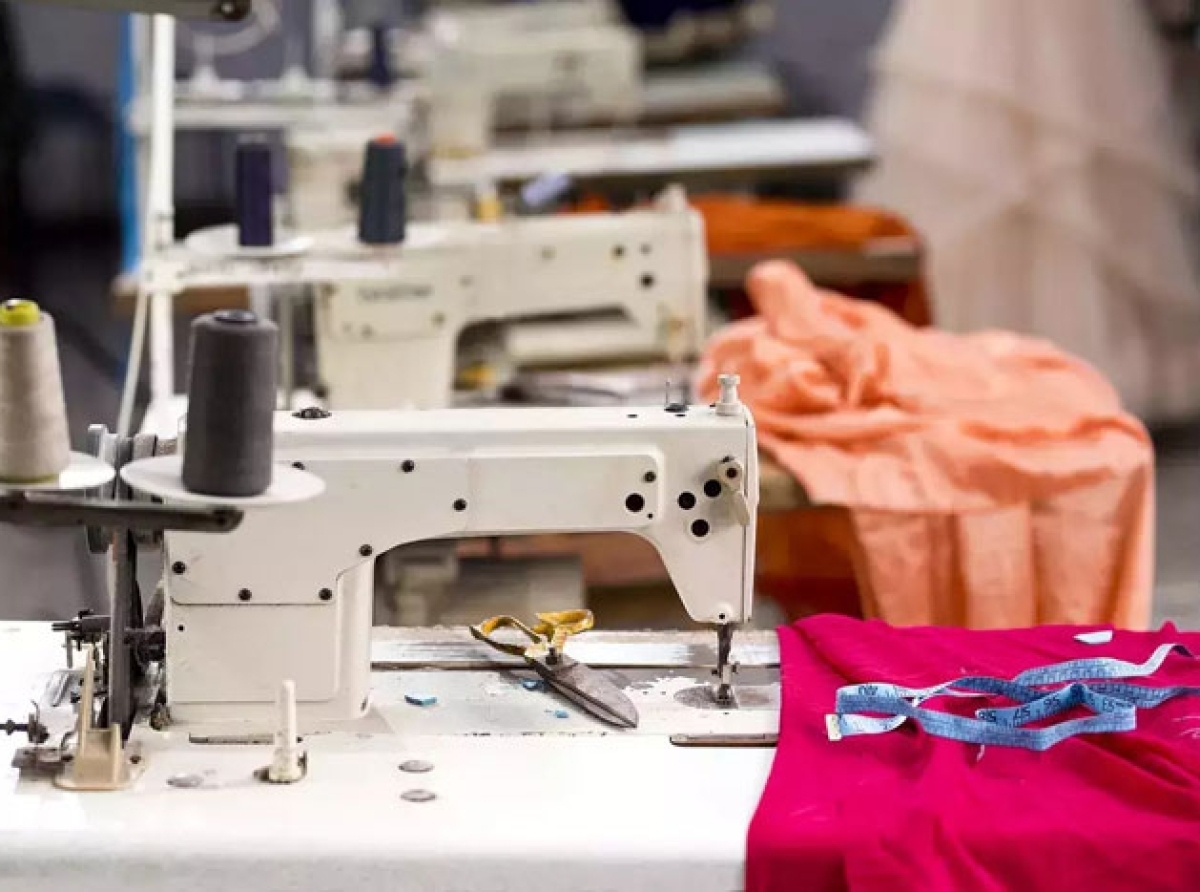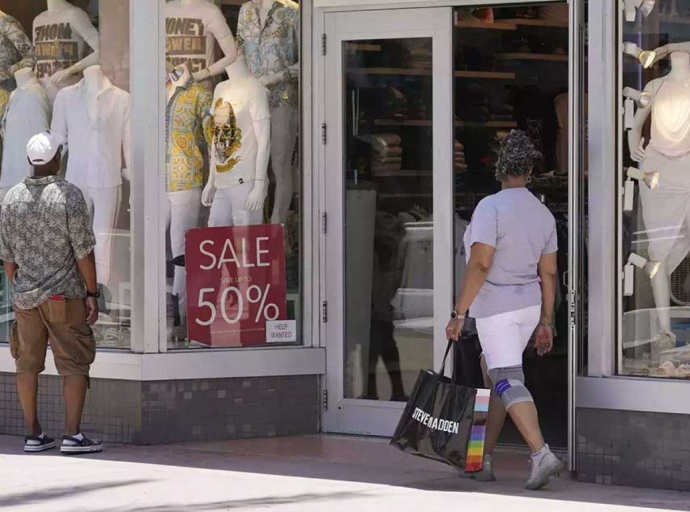20 August 2022, Mumbai:
Rugby Apparel Market is Expected to Valuation of US$ 917 Million in 2022 and Reach US$ 2,984 Million by 2032.
The rugby apparel market is estimated to grow at a value of 11.3% CAGR, according to Future Market Insights. In 2021, this market was predicted to have a global valuation of US$ 917 Million, and is expected to reach a sum of US$ 2,984 Million by 2032.
The growing global interest in rugby games, combined with an increasing number of rugby players, is likely to drive market expansion in the future years. This population comprises both professional rugby players and individuals who enjoy the sport as a recreational hobby.
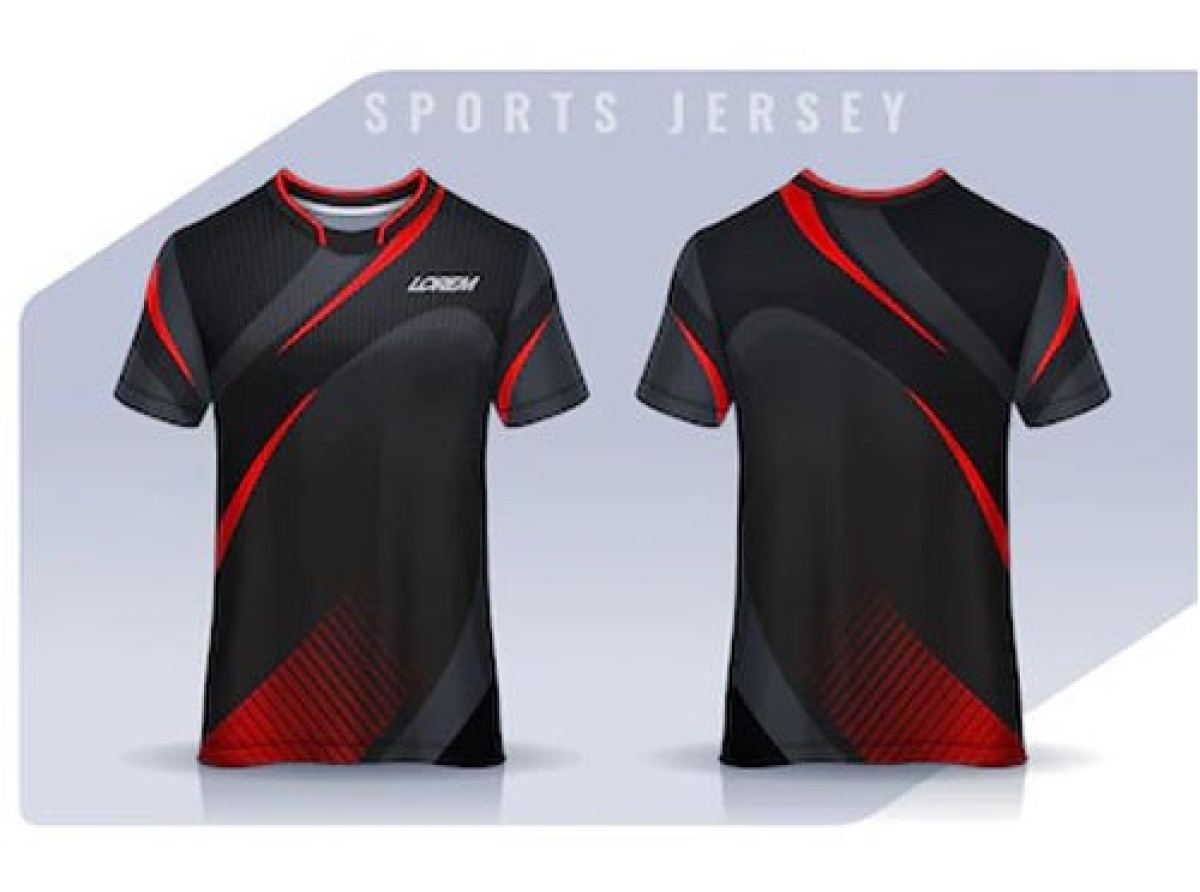
Rugby fan gear
With the increasing number of rugby tournaments, the global acceptance of rugby apparel has increased, propelling the entire industry. Furthermore, an increase in the number of tournaments and games, as well as increased sponsorship and partnership for rugby apparel to be worn in the game, will drive market growth throughout the projection period.
Consumers’ increased focus on environmentally friendly materials to maintain wearer comfort, as well as their increasing transition toward sustainable rugby gear, is boosting product demand and thus market expansion.
Rugby league apparel
Rugby gear provides the flexibility of movement and comfort, as well as moisture management, which is driving market expansion. Another factor driving the global market demand for rugby apparel/garments is the growing female participation in the sport. However, because rugby is not a popular sport among the general public, it is likely to limit market growth over the forecast period.
Furthermore, limited commercial exposure for products is projected to stymie market expansion in the future years. In contrast, increased investments in this sport combined with innovation in apparel are projected to create profitable prospects for the market throughout the forecast period.
Rugby apparel
Key Takeaways from the Market Study
· In 2022, the global rugby apparel market is estimated to have a global market size of US$ 1,022.85 Million.
· By product type, the upper wear segment will account for 51% of the global market share in 2022 and grow with a 11.8% CAGR during the forecast period.
· By product type, the bottom wear segment will exhibit a 10.3% CAGR during 2022-2032.
· The APAC rugby apparel market is expected to grow with a 11% CAGR during the forecast period.
· The European region is projected to acquire 41% of the global market share in 2022 and grow with a 12.2% CAGR during the forecast period.
Rugby jersey jumper
“Growing demand for fresh and innovative rugby readymade garments/apparel designs among players is pushing the market size. Another major element driving the market is the growing number of females playing rugby and participating in rugby games around the world,” comments a Future Market Insights analyst.
Competitive Landscape
The market is highly fragmented and competitive, with worldwide companies pursuing product innovation methods. A range of activities is being undertaken by key industry actors to increase their market position.
These processes include mergers, collaborations, and acquisitions, as well as the development and introduction of innovative products, global expansion, and others.
§ Nike frequently uses social media outlets to promote brand visibility, which also aids in product sales volume and also additionally promotes through various media in order to propagate social messages regarding women’s empowerment and sports participation.
§ For the upcoming 2022/23 season, Canterbury launched the redesigned Ireland Rugby Home jersey in 2022. This will be worn by the men’s and women’s teams, along with a selection of training equipment all rugby fans can enjoy.
This year’s shirt reflects the strength and solidarity of Irish players, fans, and supporters as they prepare for upcoming test matches against strong opponents.
(These insights are based on a report on the Rugby Apparel Market by Future Market Insights.)
Join our community on Linkedin

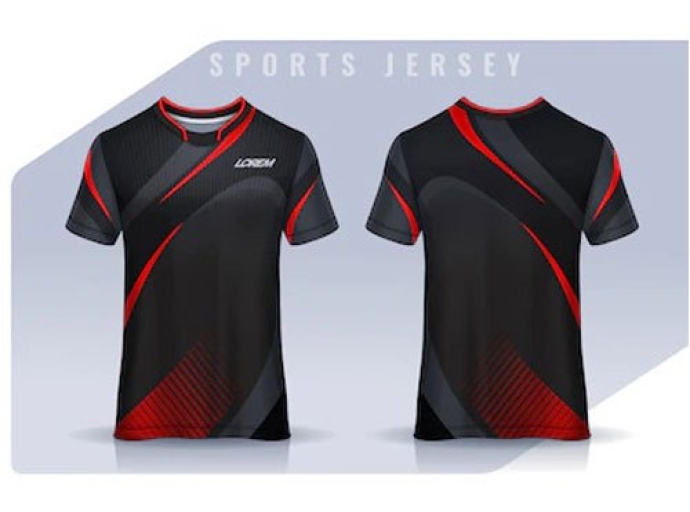
_large.png)
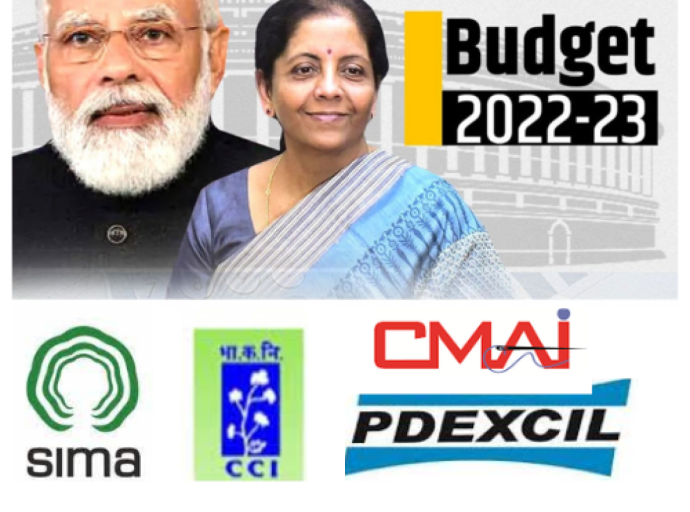
_large.jpg)
